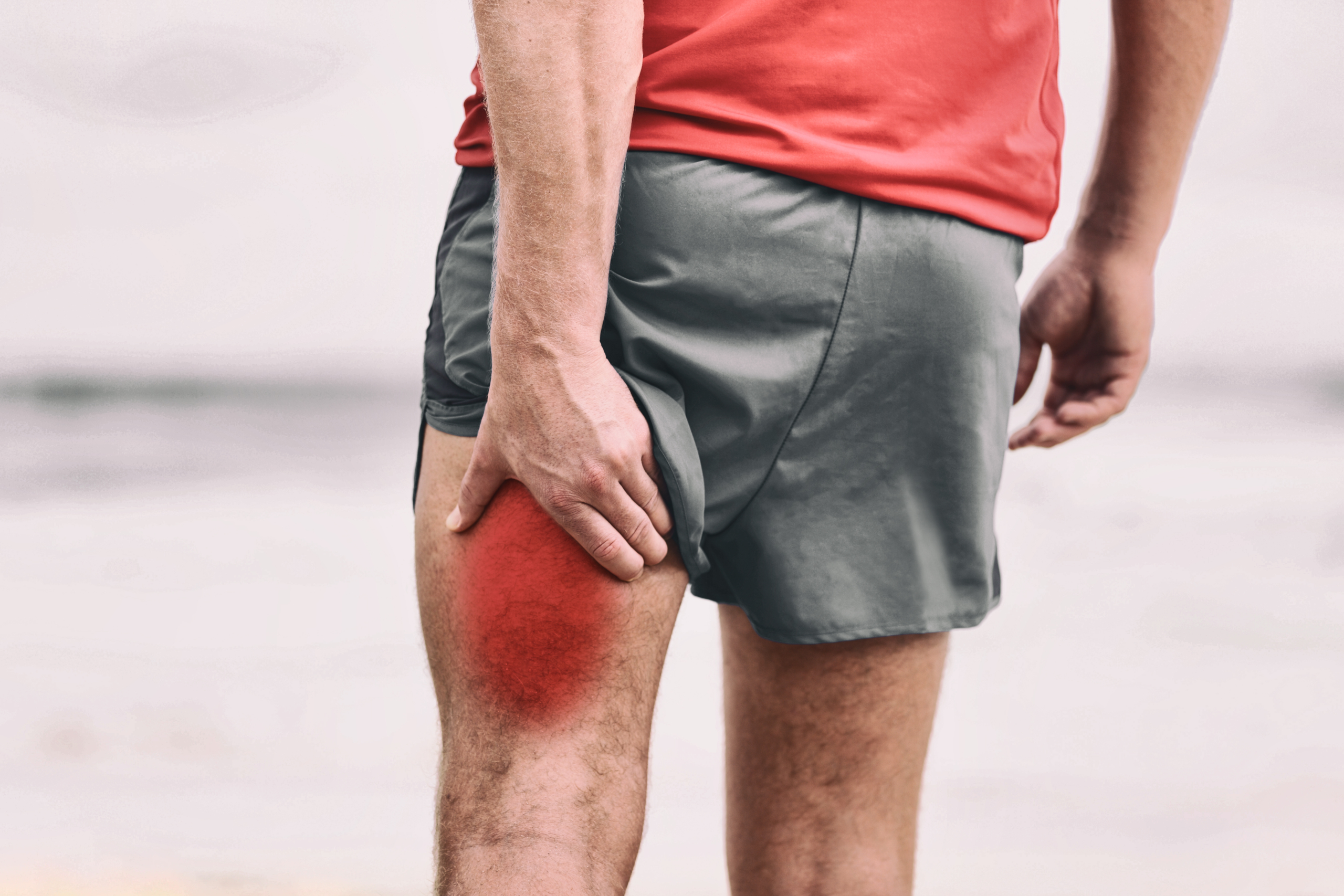It happens all the time – you sustain a muscle injury. Rest, hydration and temperature treatment are recommended. This leads to the question – should you apply ice or heat to your injury? Have you ever been confused on whether you should put an ice pack or a heating pad on muscle pain?
You’re not alone! This is a common question Momentum Physical Therapy is here to answer. From everyday wear and tear to sustaining a sports injury, we can assist with your needs.
Ice and heat are effective at-home treatments, but you need to know how and when to use them to gain any benefits.
That’s why Momentum Physical Therapy provides this handy guide to understanding when to apply ice or heat to your muscles.
First, let’s discuss the roles that ice and heat play in muscle pain relief.
What Does Ice Do For My Muscles?
Muscle pain is largely due to inflammation in response to injury. Applying ice to an inflamed area of your body reduces the velocity of nerve conduction and the signals between your muscles and your brain begin to slow down. This doesn’t necessarily heal your injury, but it does help with pain management.
Here are some Examples of When to Ice:
–Soon after acute injury onset (first 24-48 hours)
–To address swelling
–To address pain after vigorous activity
Pro Ice Tips:
Don’t ice any one area for more than 20 minutes at a time.
For continual icing of a targeted area, alternate 20 minutes on then 40 minutes off your ice.
How to make an ice pack at Home:
While you can certainly purchase a gel ice pack from any local grocer or drug store, sometimes an injury is sustained when a commercial ice pack is not available. Our professional physical therapists have come up with the best way to make an ice pack at home in an emergency.
While many choose to use bags of frozen vegetables as an ice pack, a more sustainable option is to make your own gel ice pack. Follow these directions to make your own gel ice pack!
- Fill a one-gallon freezer bag with two cups or water and one cup of rubbing alcohol OR one cup of dish soap.
- Let the air out of the bag and seal it tightly.
- Place the bag inside of another one gallon freezer bag and seal it tightly
- Place the bags inside the freezer for at least an hour
- When ready to use, wrap the bag in a towel to reduce the risk of burning your skin.
What Does Heat Do For My Muscles?
When you exercise or perform physically demanding tasks, your body needs more energy than it typically can produce through oxygenating your muscles. Therefore, your body moves into a process called anaerobic respiration. This burns sugars without oxygen, causing your muscles to produce lactic acid. This buildup of lactic acid is what makes your muscles hurt after exercising.
Applying heat to these muscles that have lactic acid build ups, allows your blood vessels to widen and increase the flow of blood through your muscles, allowing your blood cells to flush away lactic acid and other toxins making your muscles hurt.
Here are some Examples of when to use Heat:
–Prolonged injuries
–Chronic pain
–To loosen and relax an affected area before vigorous activity
Pro Heat Tips:
When applying heat, never heat any one area for longer than 20 minutes at a time to avoid enduring burns and skin irritation. Avoid going to sleep with a heating pad on. When sleeping, your body is efficiently healing itself, and additional heat when sleeping can inhibit this recovery process.
How to make a Heating Pad at Home
We know that not everyone has a heating pad immediately available at home! That’s why the team at Momentum has put together two ways to make a heating pad at home.
A Wet Dishcloth
Wet a dishcloth and wring out excess water. Place your moist dishcloth in a microwave-safe bag and heat it in a microwave for NO LONGER THAN two minutes. Carefully wrap the heated washcloth in a towel before placing on skin to protect yourself from a burn.
A Sock and Rice
You can make a reusable heating pad with extra fabric or an old, clean sock. Take a sock and fill it 3/4s of the way with rice, or another small grain. Sew or tie it closed securely and microwave for NO LONGER THAN two minutes.
Always, always handle a heating pad gently and do NOT place it directly on your skin.






